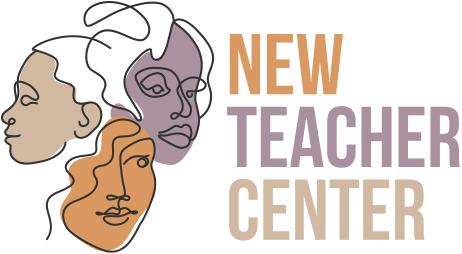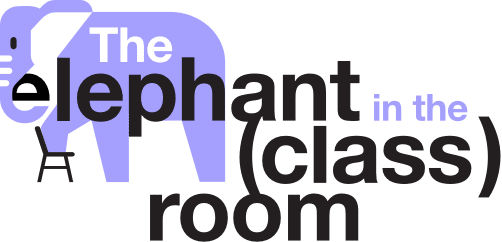


expand
Expand our concept of educator and community in schools
An equitable learning environment:
- nurtures the widest and most inclusive notion of the school community and communities of learners
- situates education systems in service to their surrounding neighborhoods in meaningful ways
- connects educators to deep partnerships with students, families, caregivers, guardians, community leaders, and our diverse surrounding communities.
Commitments you can make

Camino Nuevo
View ProfileLearn from your students about how and where they learn–and from whom.
We know learning isn’t limited to the classroom. Students also engage with important content and skills in extracurricular activities such as sports and band. They also learn from their families and peers, community organizations and activities, and online communities. When we connect with our students about where and how they’re learning, we come to build relationships with the circle of adults around them. That’s how teachers grow fully grounded and their roles and practices become truly sustainable.

Know Your Stakeholders
start journeyDavid Adams
view profileReexamine your ideas of who the stakeholders are in your ecosystem.
The flip side of the preceding implication involves thinking about the roles of those adults who work in the education system but may not be traditionally thought of as “educators.” They can include non-teaching staff such as school aides, cafeteria workers, bus drivers, coaches, nurses, and school psychologists.
We must also expand our thinking about adults outside the school to include small business owners, local elected officials and advocacy/social service groups, and people in other systems that serve the community. Together, they form a social and cultural ecosystem. When schools learn from, connect, and integrate into that wider ecosystem, their educational culture is truly anchored in a unique and affirming sense of place.


